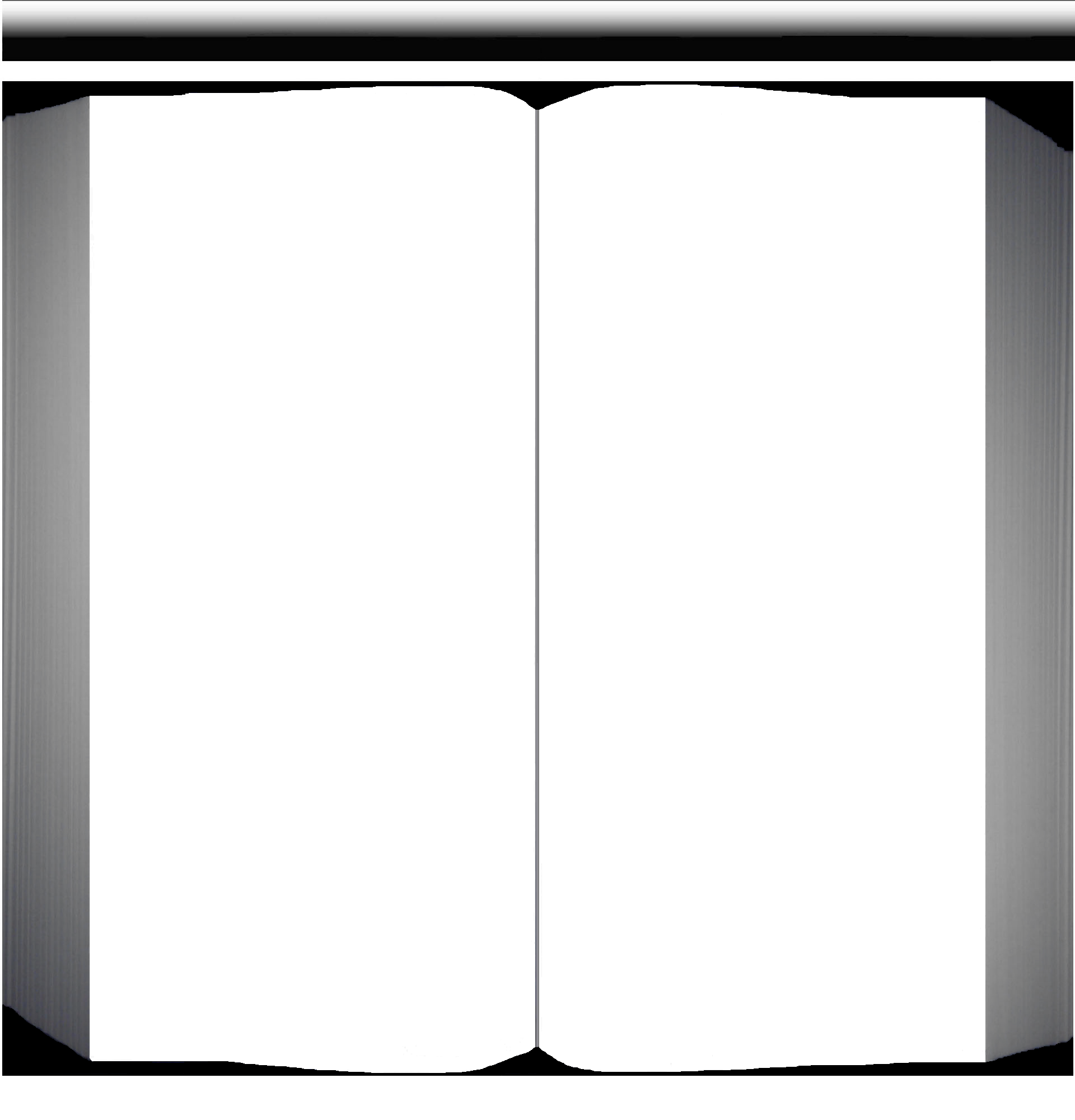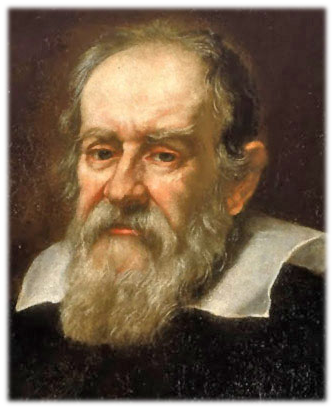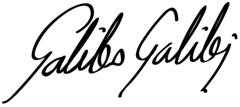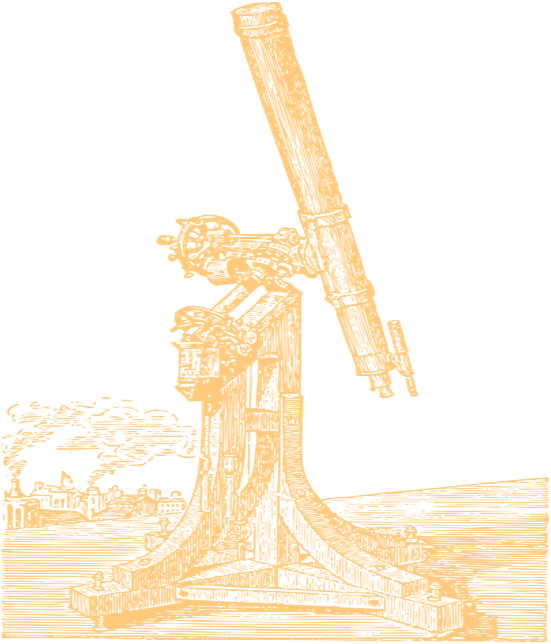

Galileo Galilei was born on the 15th of February 1564 in Pisa, Italy.
Galileo initially wanted to study medicine at the University of Pisa but he changed his mind and instead studied Mathematics and Philosophy. He became a professor of mathematics at the University of Pisa in 1589 and then professor of mathematics at the University of Padua working on the mechanics of motion.

Died on the 8th of January 1642
Published his new book which outlined his theories of motion, made whilst under house arrest.
Began working on astronomy with the intent to lecture.
T
he core of the sun is the power source of the sun
His observations of Jupiter’s moons showed that Jupiter was the centre of its own system while still being part of ours.
This supported Copernicus’ view that Earth was not the centre of everything (view he had previously believed).He wrote these discoveries in a book ‘Sidereal Messenger’ (Starry Messenger) which was published in 1610. This book made him famous and helped him gain the position of court Mathematician in Florence.
Galileo facing the Roman Inquisition, painting by Cristiano Banti (1857) Public Domain
His fame also brought him in the company of some very popular and influential people. In 1613 at breakfast with the Grand Duchess Christina while discussing the conflict between the Copernican view and the teachings of the Bible Galileo famously said that the bible teaches how to go to heaven, not how the heavens go. This was the start of some unwanted attention from the church and in 1616 he was called to see the pope in Rome. After being put before the Inquisition it was deemed that his teaching of the Copernican theory was heresy and that he must stop.
In his later book ‘Dialogue On Two Chief World Systems’ published in 1632 his work once again drew the unwanted attention of the church. Within this book he discussed two theories regarding the order of our solar system as if it were a discussion between two people. One argued a theory that was originally championed by Ptolemy, stating was that the Earth was at the centre of everything, with the sun, moon, planets and stars all revolving around us. This view was also supported by the church and there teachings and believed any other view was blasphemous. The second man supported the Copernican theory for which the church had already made its views very clear to Galileo. It was also a theory not popular at the time even with fellow astronomers. Until Galileo’s findings many scientists didn’t believe that there was enough evidence to support Copernicus’ theory.
Again He was brought before the pope and again convicted of heresy but this time sentenced to life imprisonment (which was reduced to house arrest at his home in Arcetri) and forced to publicly renounce the Copernican theory. Wile under house arrest Galileo put his efforts into understanding the laws of motion and put his findings in another book ‘Discourses Concerning Two New Sciences’ which was published in 1638 during which time Galileo had begun to go blind. On the 8th of January 1642 just over a month before his 78th birthday Galileo died in Arcreti, southern Florence.
In 1609 Galileo heard of a device created by a Dutch lens grinder which used two lenses to make objects appear closer and larger than normal perspective. He made his own version without seeing one for himself and used it to look at the moon, planets and stars, calibrating and adapting the device to improve its detail and range.
He observed many things that contradicted the church’s view that Earth was the centre of the Earth and that the heavens were perfect and unchanging. For instants his observations of the mountains on the moon showed that they changed and were imperfect.


Portrait of Galileo Galilei (1636) aged 72 (Public Domain)
